The eternal problems of decision-making are the many lives of the subjunctive. What if...? Would I have done better...? Robert Frost wrote "The Road Not Taken" (1915) as a joke for his friend Edward Thomas, who, on walks taken together, was always undecided about which path was the better or right one. A hundred years ago it was already okay to be a procrastinator, today it's practically normal. The cultural technique of decision-making, central to the preservation of our species in the Pleistocene, no longer comes, is stuttering. If we translate decisions into paths, as we know it from Frost or logic trees, we can pretty well determine when this started. A passage in Zola's "Au Bonheur des Dames" beautifully describes how the paths of the Parisian department store of the same name are blocked with goods, creating a labyrinth in which customers are lustfully trapped.
More choice suggests maximised freedom of choice, of course, but above all it stretches the moment of decision-making. This is a point that Timothy's work is permanently tangential to. Not only does he transfer certain characteristics of commodity aesthetics to his objects. Above all, he adopts the technique of serial expansion, in which objects are permanently varied and scaled on the levels of size and material. The distinction between objects becomes gradual rather than categorical. At that Timothy's preoccupation with commodities hits the point where liberalism bites its own tail. In addition, his work constantly thematises the boundary between manual and industrial labour, and thus labour per se. Why does the aristocratic figure of the prince, completely dissociated from labour, serve us as a cosy projection surface? And why, at the same time, is needlework celebrating its comeback in countless decorative shops? And what does it say about our culture when industrial products try to conceal their mode of production as shabby chic?
— Moritz Scheper
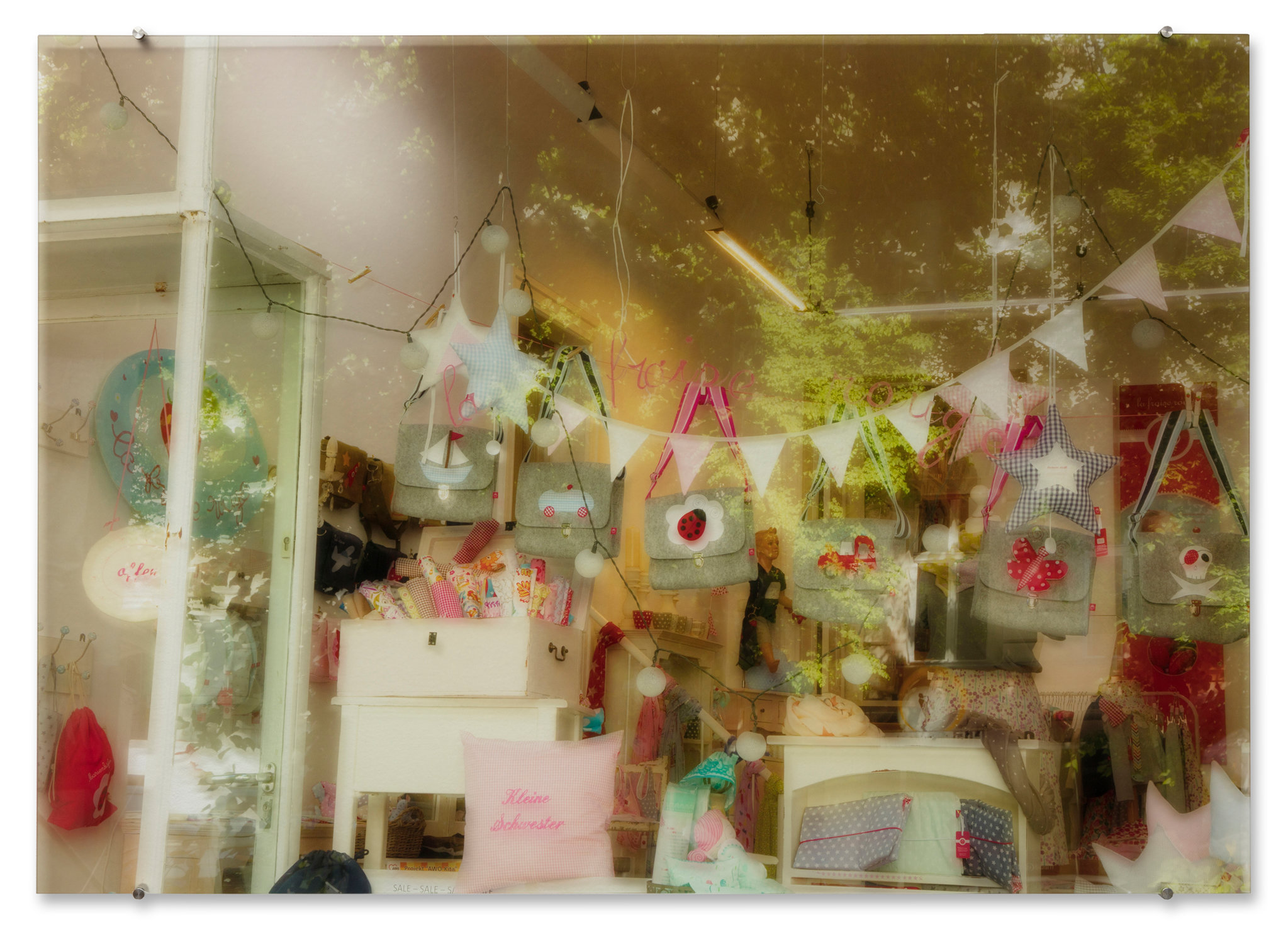
Timothy Davies
'Strawberry Reich', 2017
UV direct print on glass, metal hardware, paint
110 × 155 cm
Unique
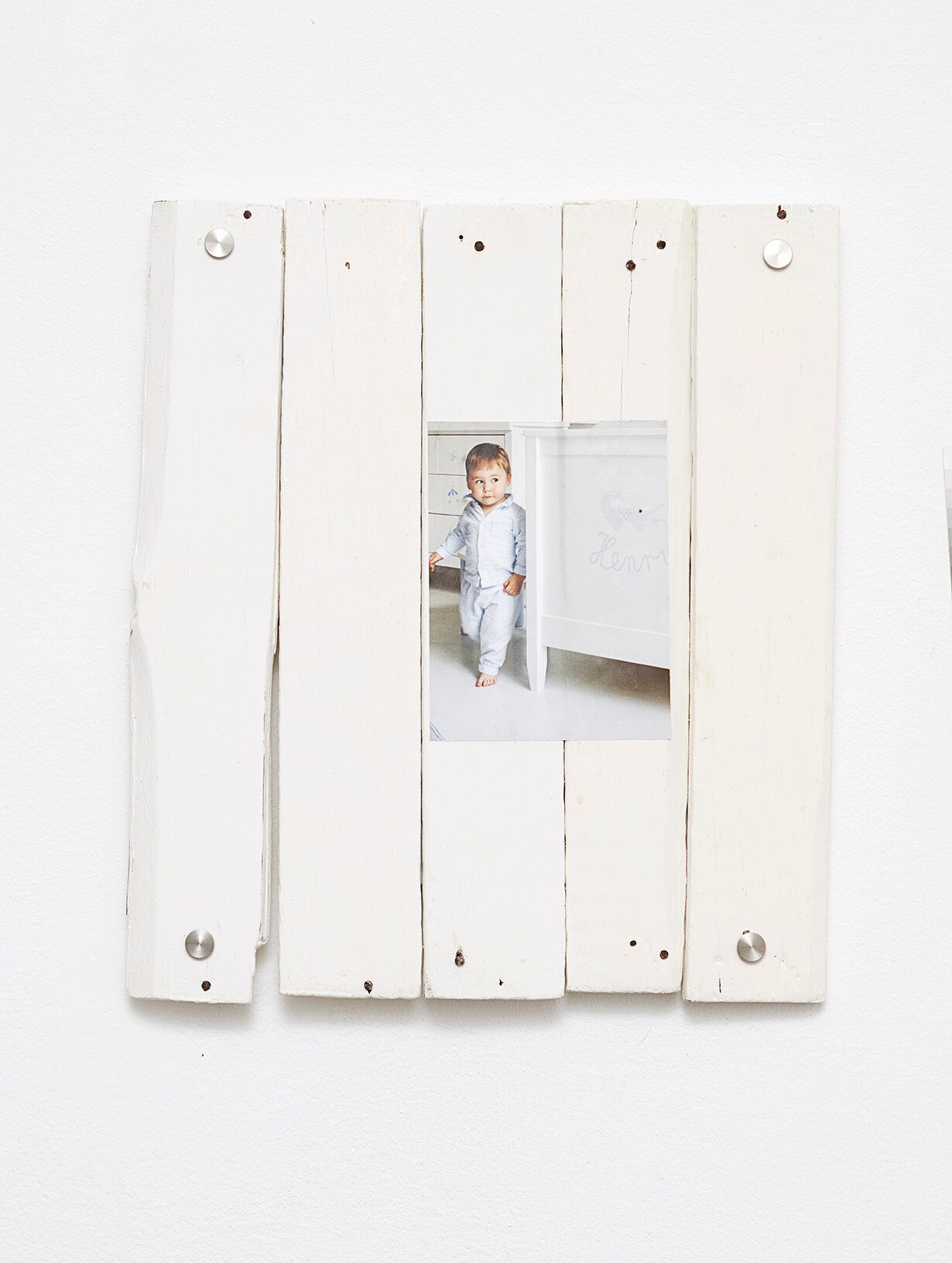
Timothy Davies
'HENRY', 2017
Magazine cutting, wood, latex paint, plaster, beeswax polish, rusty nails, metal hardware
41 × 35 × 1.5 cm
Unique
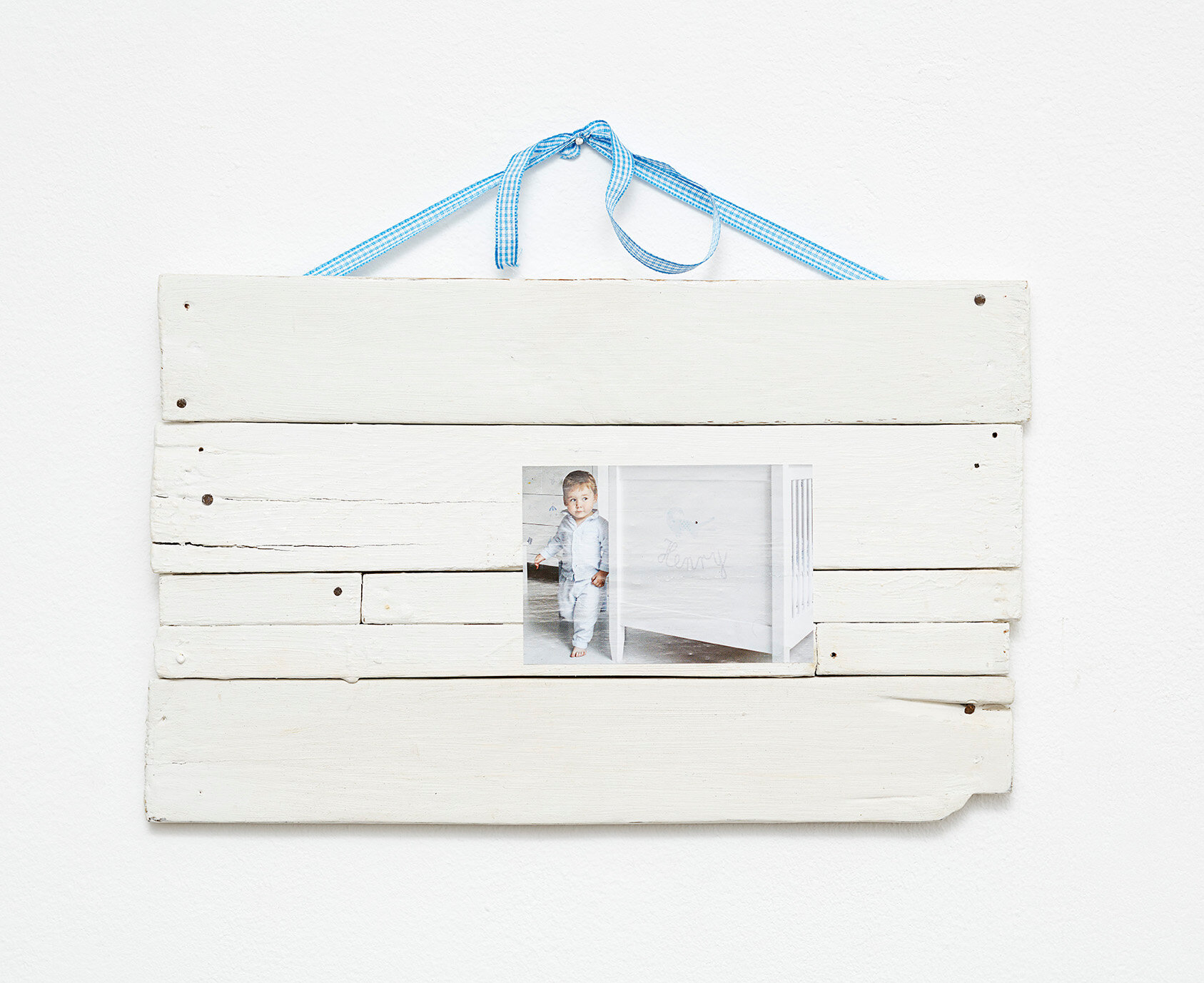
Timothy Davies
'henry', 2017
Magazine cutting, wood, latex paint, plaster, beeswax polish, rusty nails
24.5 × 38 × 1.5 cm
Unique
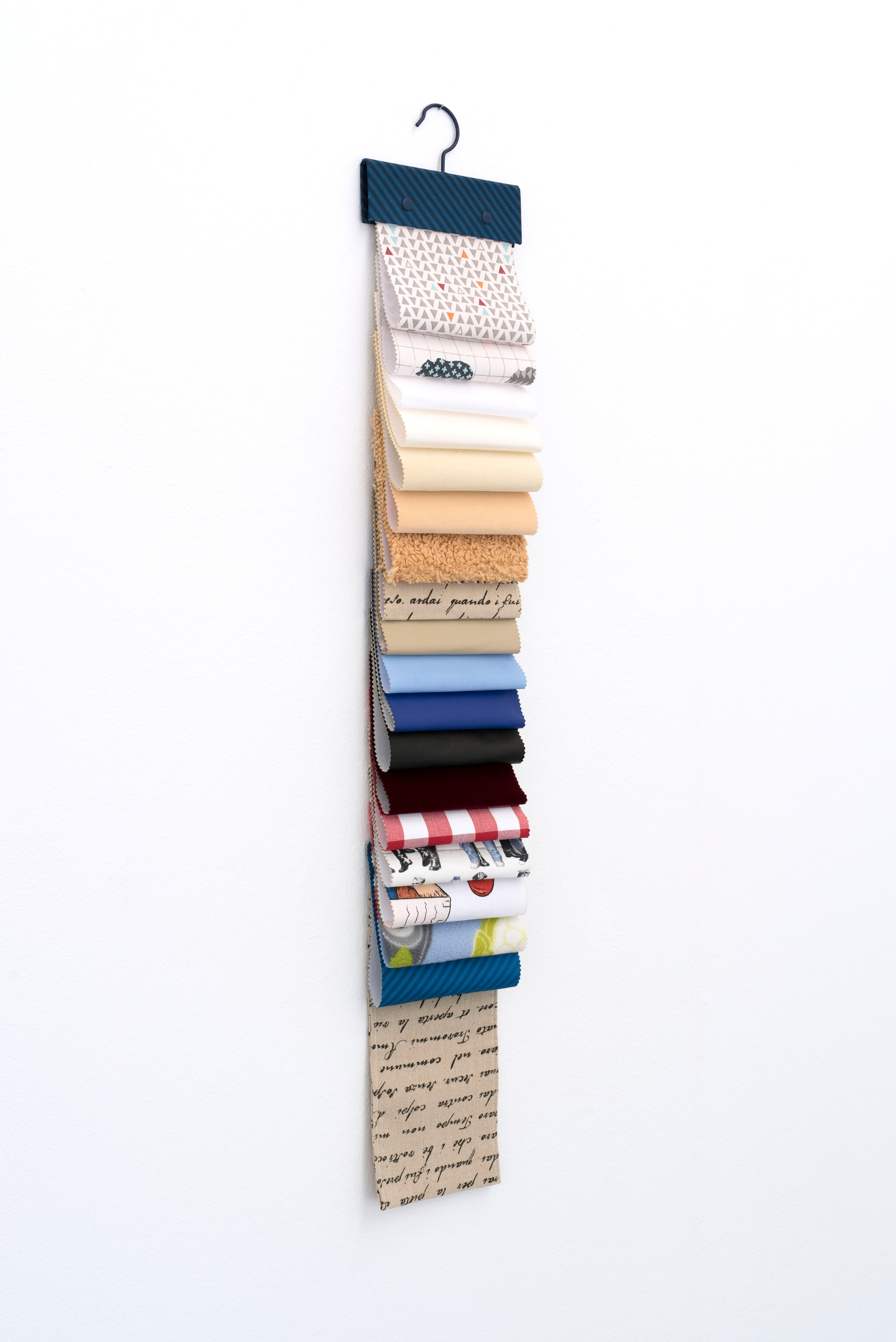
Timothy Davies
'Campionario tessuti', 2021
Fabric, fabric interface, cardboard, glue, book screws, rivet, metal hanger
Unique
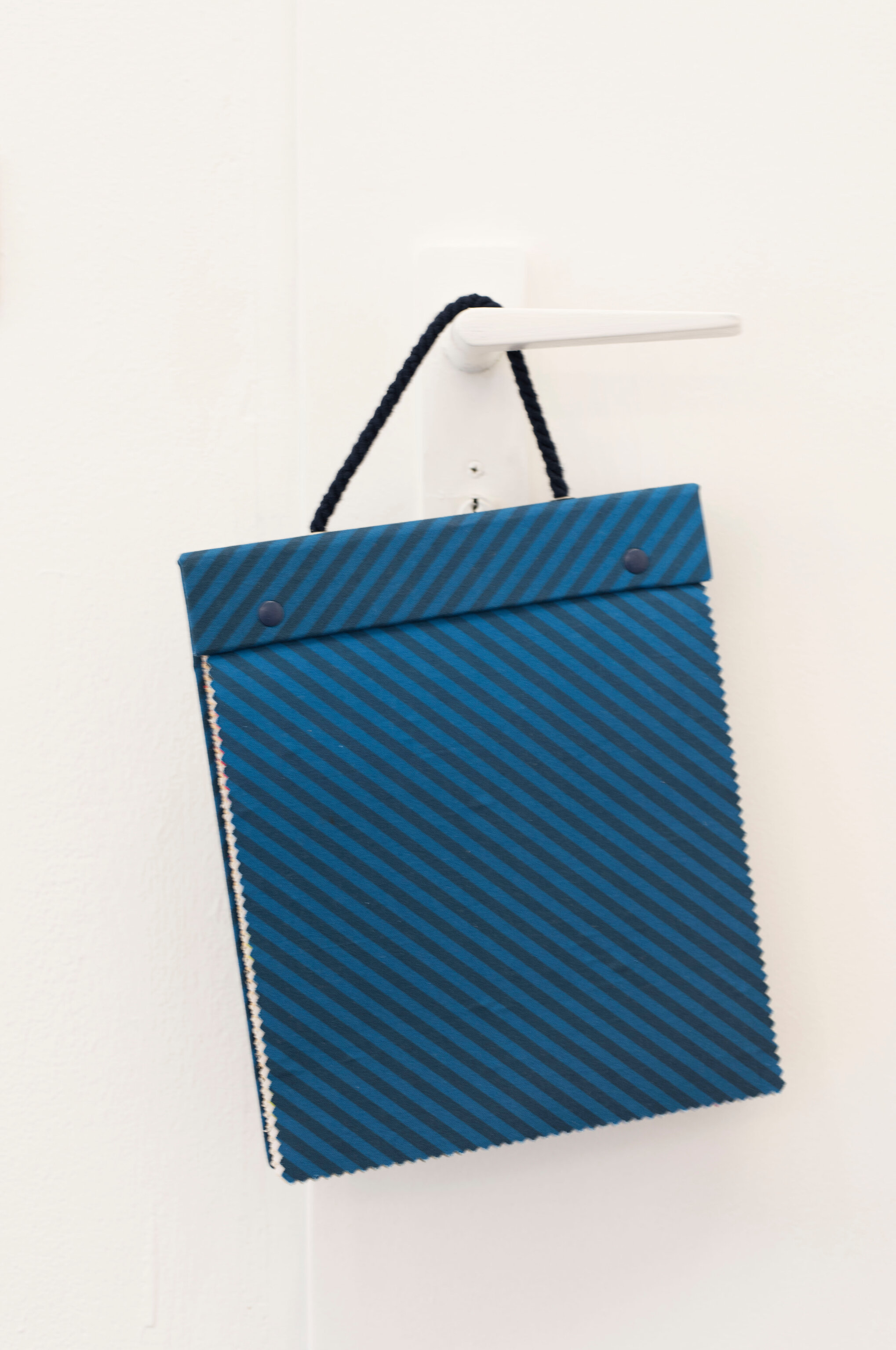
Timothy Davies
'Musterbuch (Planet Romeo)', 2021
Unique
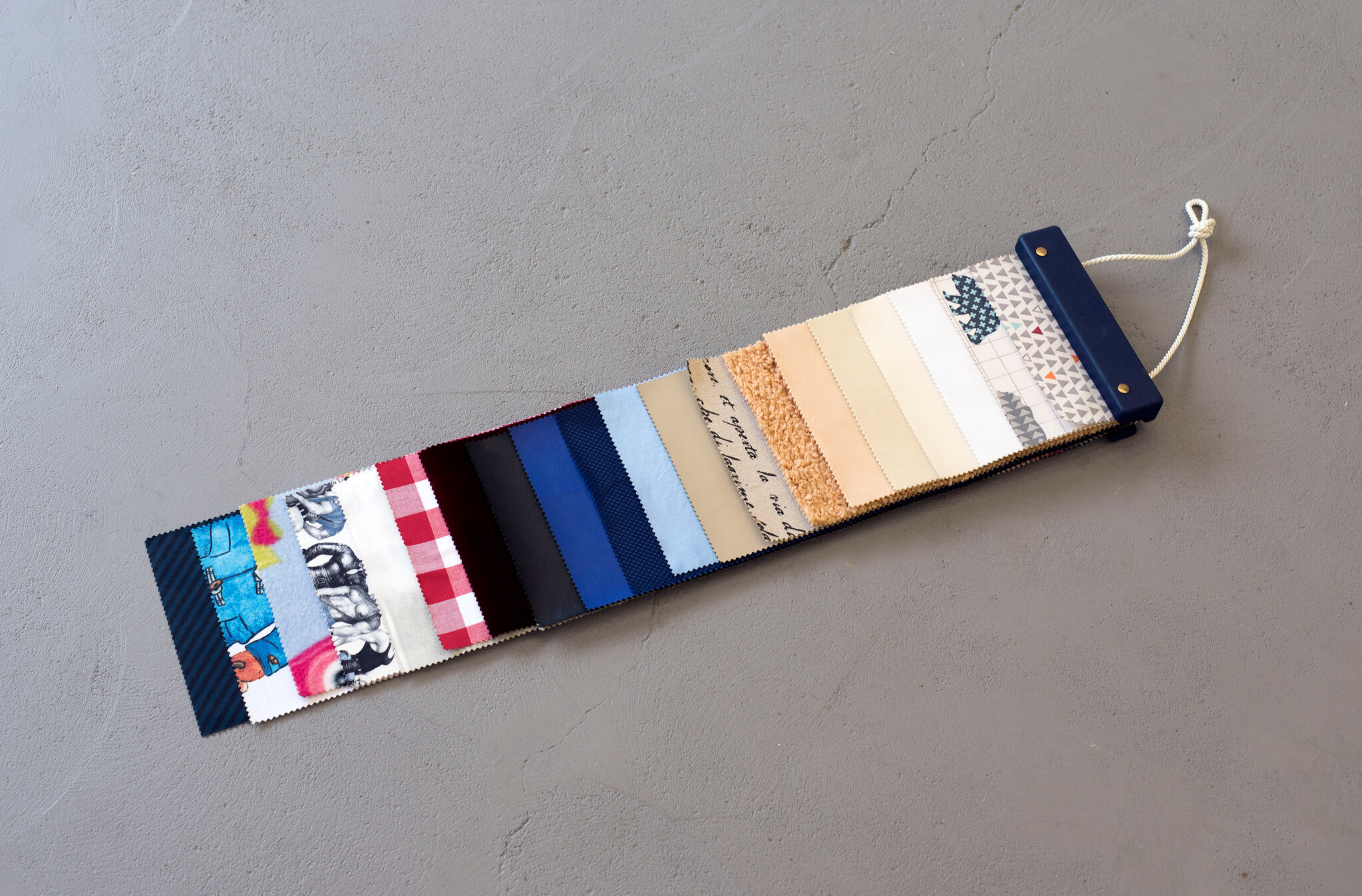
Timothy Davies
'Musterbuch', 2021
Fabric, interface, wood, paint, book screws, cord
Unique